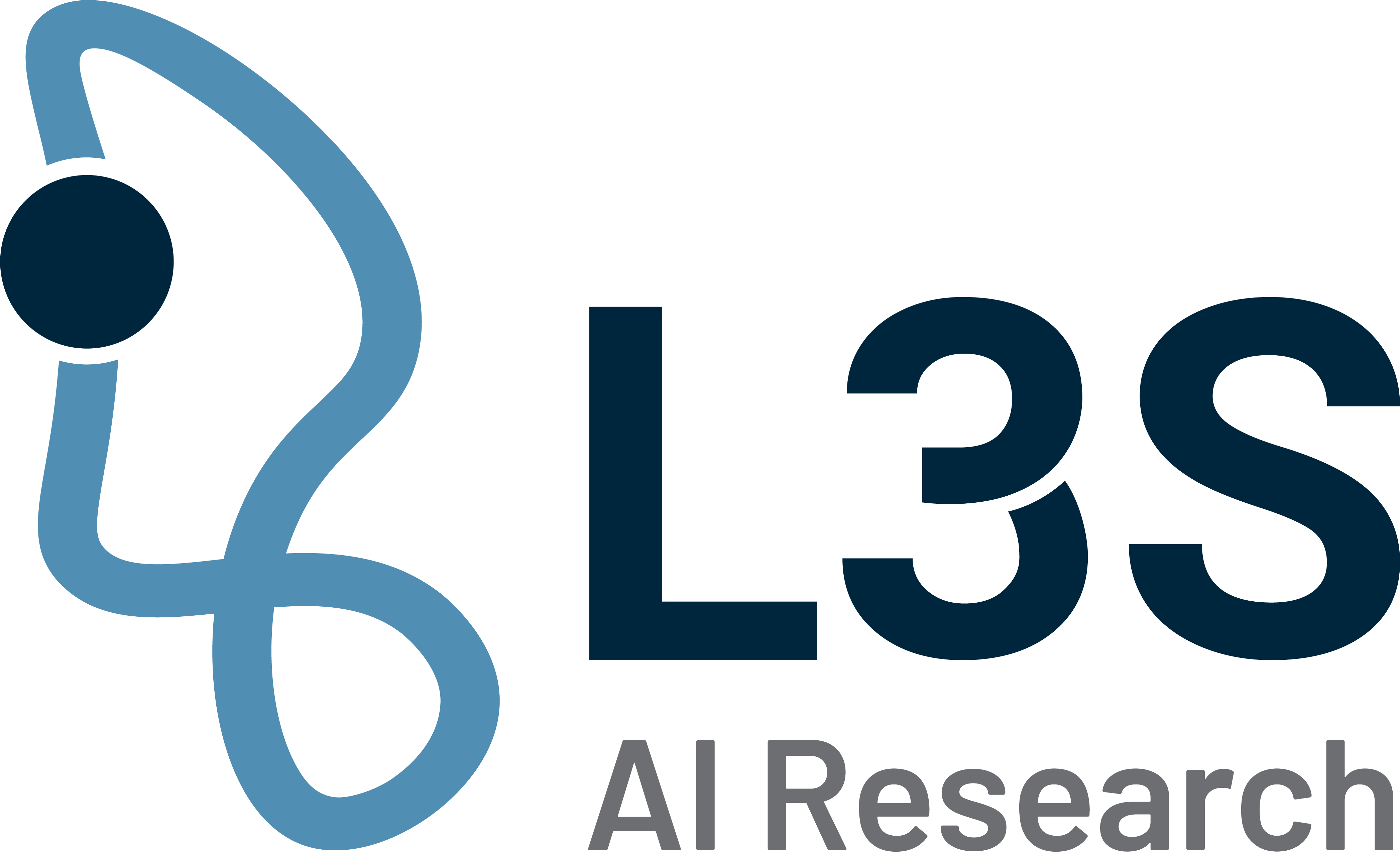Understanding biofilms, preventing infections
Some bacteria like to live in community. They settle together on surfaces and surround themselves with a protective layer of slime. Such a biofilm can also form on organs and implants, such as knee and hip prostheses or dental and cochlear implants. There, the bacteria can trigger dangerous infections that are hardly treatable. In the mucus layer, the bacteria are protected from attacks by the immune system and even from the effects of antibiotics. Biofilm-associated infections are therefore one of the greatest challenges facing medicine.
In the BacData project, MHH and L3S scientists will work together to understand the biology and dynamics of clinically relevant biofilms and to decipher their resistance mechanisms. This is made possible by the combination of modern technologies from biology and computer science. With Omics technologies, scientists can comprehensively examine the entire genome, transcriptome or proteome of a cell. This generates very large amounts of data that can be analysed using deep learning methods. For example, the sequence data of a bacterium can be used to predict resistance to a specific drug.
In the BacData project, the researchers are investigating two clinically highly relevant biofilm associated infections: the lung infection in cystic fibrosis patients caused by Pseudomonas bacteria and the implant infection as an example of frequently occurring multi-species biofilm infections. The results are incorporated into the development and clinical translation of new diagnostic and personalized therapy strategies. BacData is intended to improve the prognosis of patients suffering from biofilm-associated infections in the long term and, in addition, to create the basis for a personalised therapy of further infectious diseases.
Contact

Damianos Melidis
Damianos Melidis is a PhD student at L3S . Hie does research in data streams, data mining, machine learning and bioinformatics.


